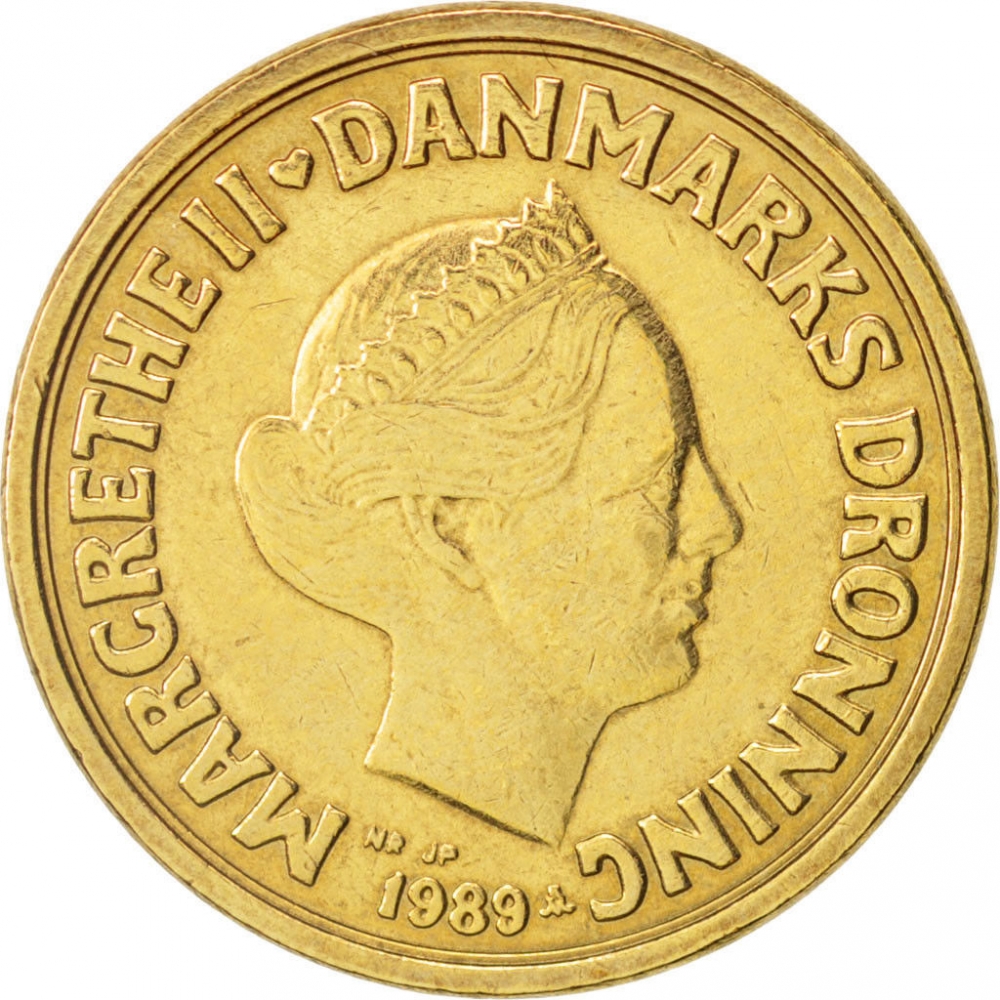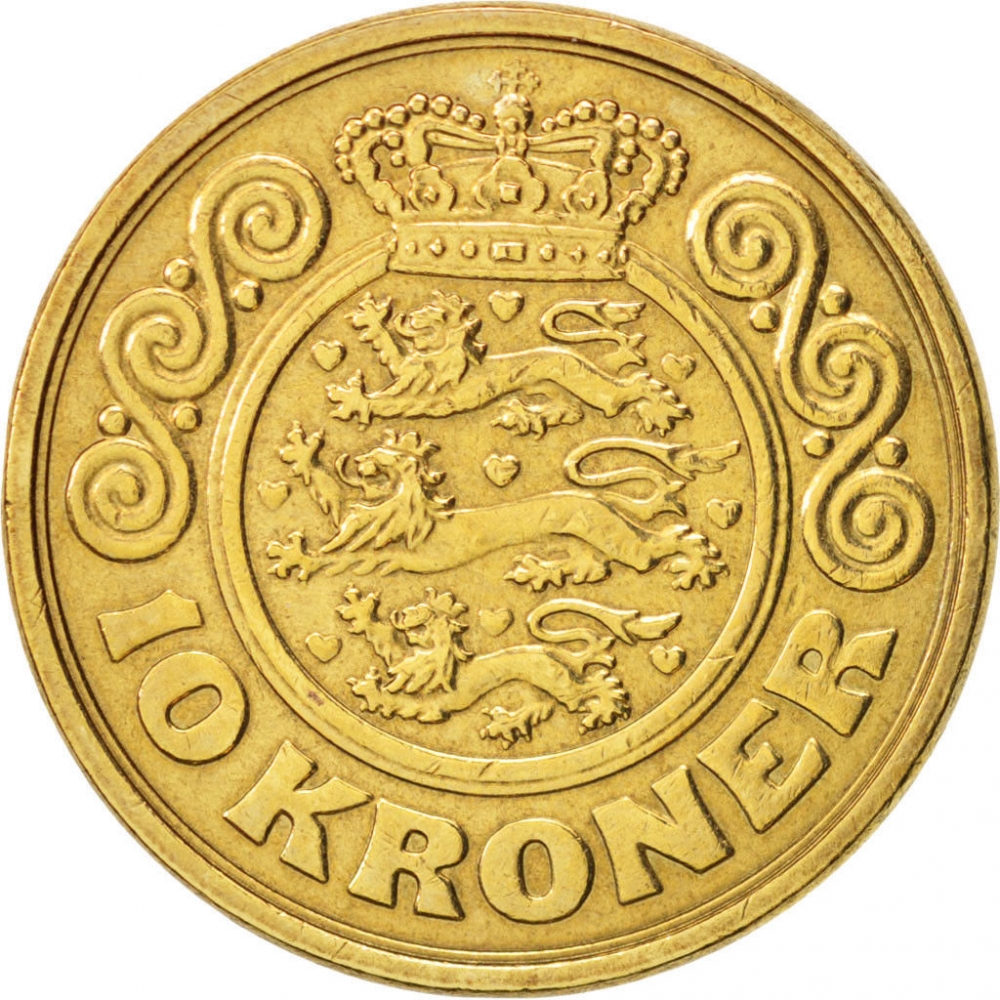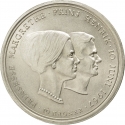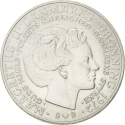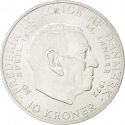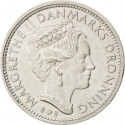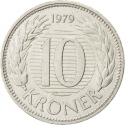You are about to finish your registration. Please check your mailbox (including spam folder). There should be a letter with a confirmation link. Check setting to make sure that your e-mail address is correct.
Send letter againDescription
Margrethe II (born 16 April 1940) is the Queen of Denmark. She is also the supreme authority of the Church of Denmark and Commander-in-Chief of the Danish Defence. Born into the House of Glücksburg, a royal house with origins in Northern Germany, she was the eldest child of Frederick IX of Denmark and Ingrid of Sweden. She succeeded her father upon his death on 14 January 1972, having had become heir presumptive to her father in 1953, when a constitutional amendment allowed women to inherit the throne. On her accession, Margrethe became the first female monarch of Denmark since Margaret I, ruler of the Scandinavian kingdoms in 1375–1412 during the Kalmar Union. In 1967, she married Henri de Laborde de Monpezat, with whom she has two sons: Crown Prince Frederik (born 1968) and Prince Joachim (born 1969). She has been on the Danish throne for 45 years, becoming the second-longest-reigning Danish monarch after her ancestor Christian IV.
Obverse

|
Depicts a second portrait of the Queen Margrethe II to the right, in keeping with tradition for the highest denominations in a Danish coin series. The portrait is changed from time to time to ensure a contemporary portrait which is as close a likeness as possible. MARGRETHE II ♥ DANMARKS DRONNING |
|---|---|
Reverse

|
Crowned Denmark coat of arms in circle, ornamental decoration, value below. 10 KRONER |
| Edge |
10 Kroner
2nd portrait
KM# 867 Schön# 89
Characteristics
| Material | Aluminium Bronze |
| Weight | 7 g |
| Diameter | 23.35 mm |
| Thickness | 2.3 mm |
| Shape |
|
| Alignment | Medal |
| Alt # |
|
| Mint |
Royal Danish Mint
|
